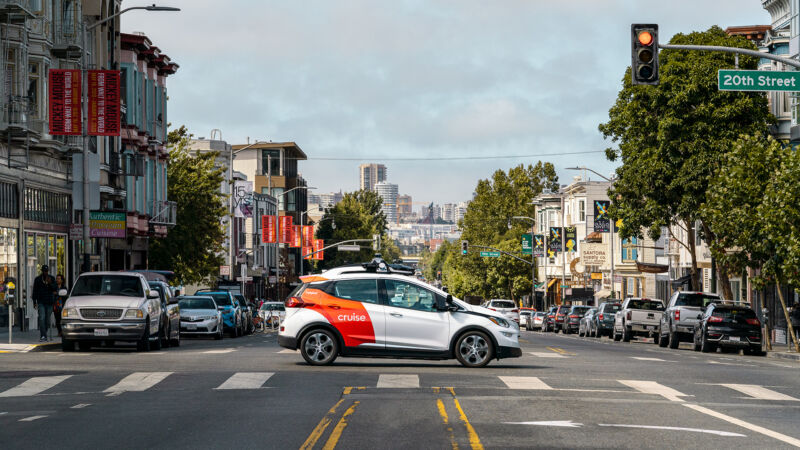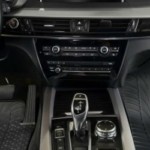
Cruise says it’s started driverless testing—I’m skeptical
Rival Waymo has been offering driverless rides to the public since October. …
 reader comments
reader comments
32 with 26 posters participating, including story author
Cruise, the self-driving company that counts Honda and GM as major shareholders, has begun testing self-driving Chevy Bolts with no one in the driver’s seat, the company announced on Wednesday. A safety operator in the passenger seat has the ability to stop the car in an emergency but not “traditional driver controls,” according to the company. The car will also be monitored remotely.
Cruise has been testing its self-driving cars for more than 2 million miles. But like other companies with advanced self-driving technologies, Cruise has to decide when and how to make the leap from testing prototypes to releasing a commercial product. Launching a product before it’s ready could get someone killed.
Cruise’s leading competitor, Alphabet-owned Waymo, launched a self-driving taxi service in the Phoenix suburbs in 2017. Initially, Waymo had safety drivers behind the wheel and its hand-picked passengers were all under nondisclosure agreements. It wasn’t until October 2020—more than three years later—that Waymo finally began offering fully driverless rides to the general public with no NDA.
Cruise hasn’t gotten as far as Waymo. There’s still a safety operator in the passenger seat, and the cars are not carrying passengers. Moreover, Cruise’s announcement has gotten an unusual amount of pushback from my sources within the industry.
Cruise likes to emphasize that San Francisco, where its cars operate, has a high density of pedestrians, bicyclists, and strangely parked vehicles. These features make it a more challenging environment—Cruise claims “40 times more complex”—than the Phoenix suburbs where Waymo is now running its driverless
Continue reading – Article source




